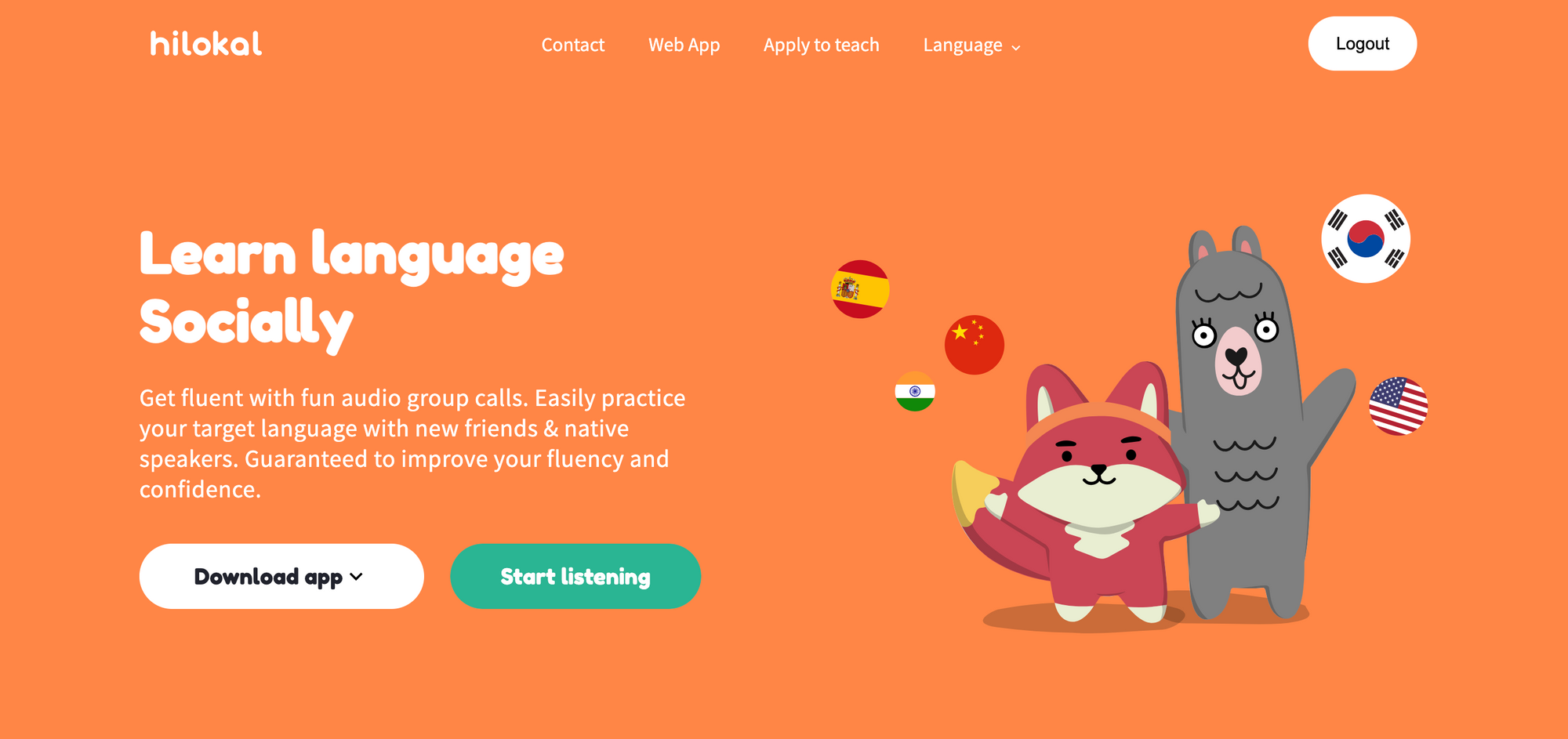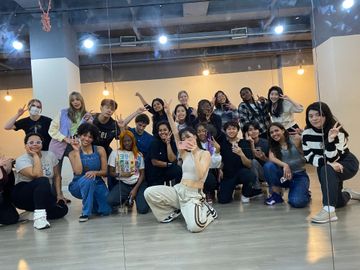I can teach. I can speak English. Combining the two is never something I thought I would be able to do. Even though I’m a Native English speaker, I definitely got a B in all my high school English classes.
For four weeks, I taught English on the language learning forum, Hilokal. Here’s how it went.
Week 1
Getting Started
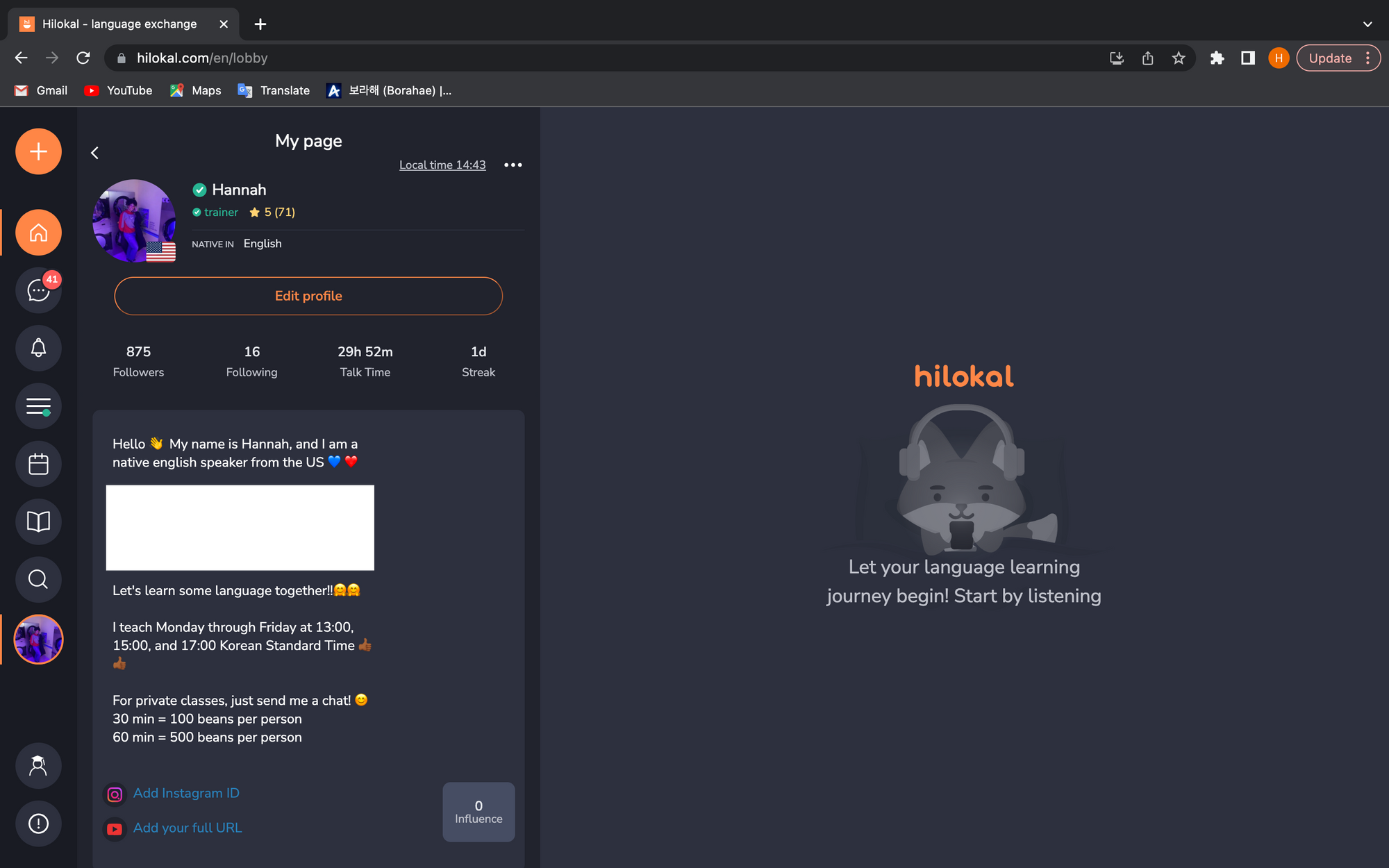
Needless to say, my first week was not exactly stellar. When I started teaching on Hilokal, it took me a minute to figure out how to structure my classes.
I started with open conversations, tables that are open for anyone to talk about anything, and I just facilitated when needed. But, when I tried to do my first lesson, the focus never really stayed on the topic at hand.
I thought I couldn’t get a good grip on leading the class. I’ll be honest. By the end of my first week, I was questioning whether I could successfully do this. But I kept pushing forward, and little by little, things started to get better.
Week 2
Navigating Hilokal
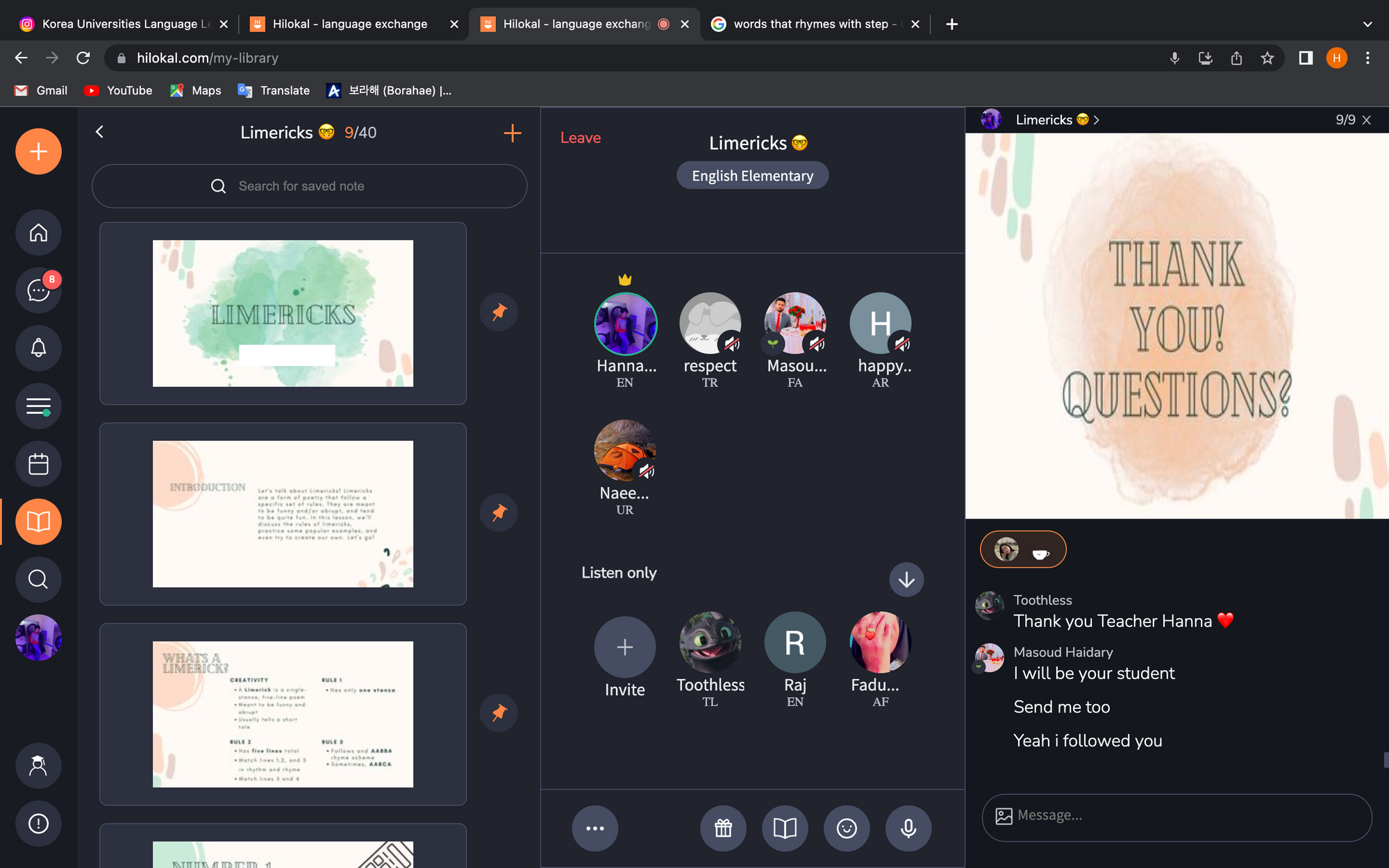
The application itself is super simple to use, whether you’re a trainer or a student on the forum. I would say it took me less than a week to get used to all the technical aspects of the app.
As a trainer, you can request students to hop up from the listening section to the speaking. You can also shuffle students around to make sure everyone gets a fair chance to practice speaking.
If students are talking over each other, you can mute a few people to help everyone refocus (my favorite tool). And, if someone’s causing a bit of malcontent, you can boot them from the table.
Mostly, I was having a hard time figuring out how to balance my classes. I had started making my own lessons, but found it difficult to teach them while also keeping the class engaged on the topic at hand.
People would ask questions and I would totally blank on how to answer. I wanted to make sure I had good control over those conversation tables, and I wanted to make sure I was giving my students the best chance possible to learn.
Listen to Your Students
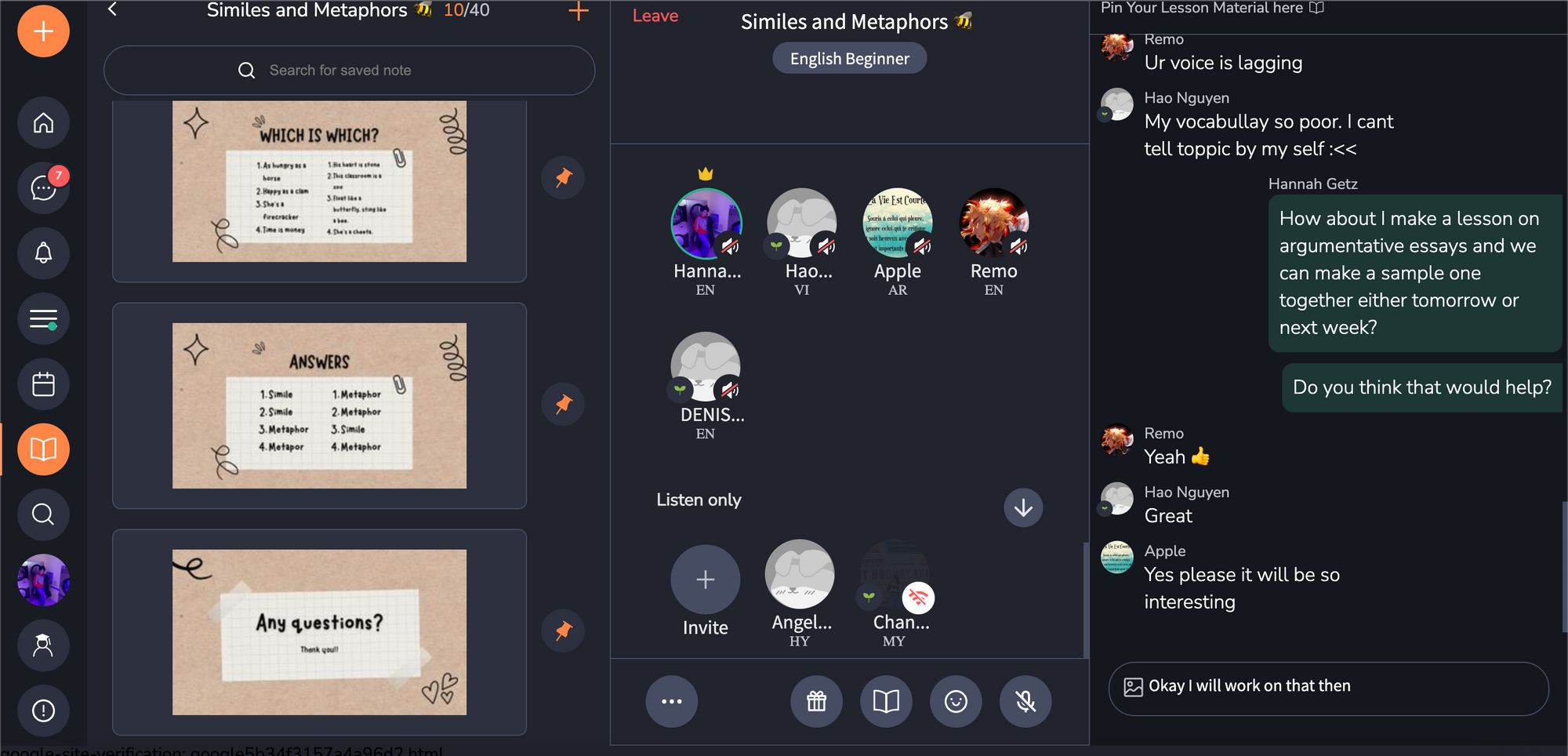
I finally started to get the hang of this after doing my first “Alliteration and Assonance” class. It was here that I also finally earned my first beans.
Beans are Hilokal's form of currency. If you like a class, you can send beans to the trainer to support them. It felt so good getting my first beans because I finally felt like I was doing a good job for my students.
After trying to gauge more participation in my lessons, I decided to do one where the students would recite some tongue twisters at the end, and it was a hit. Not only was it fun for the students, but it was also fun for me, and it gave me a ton of insight into how I should teach my class.
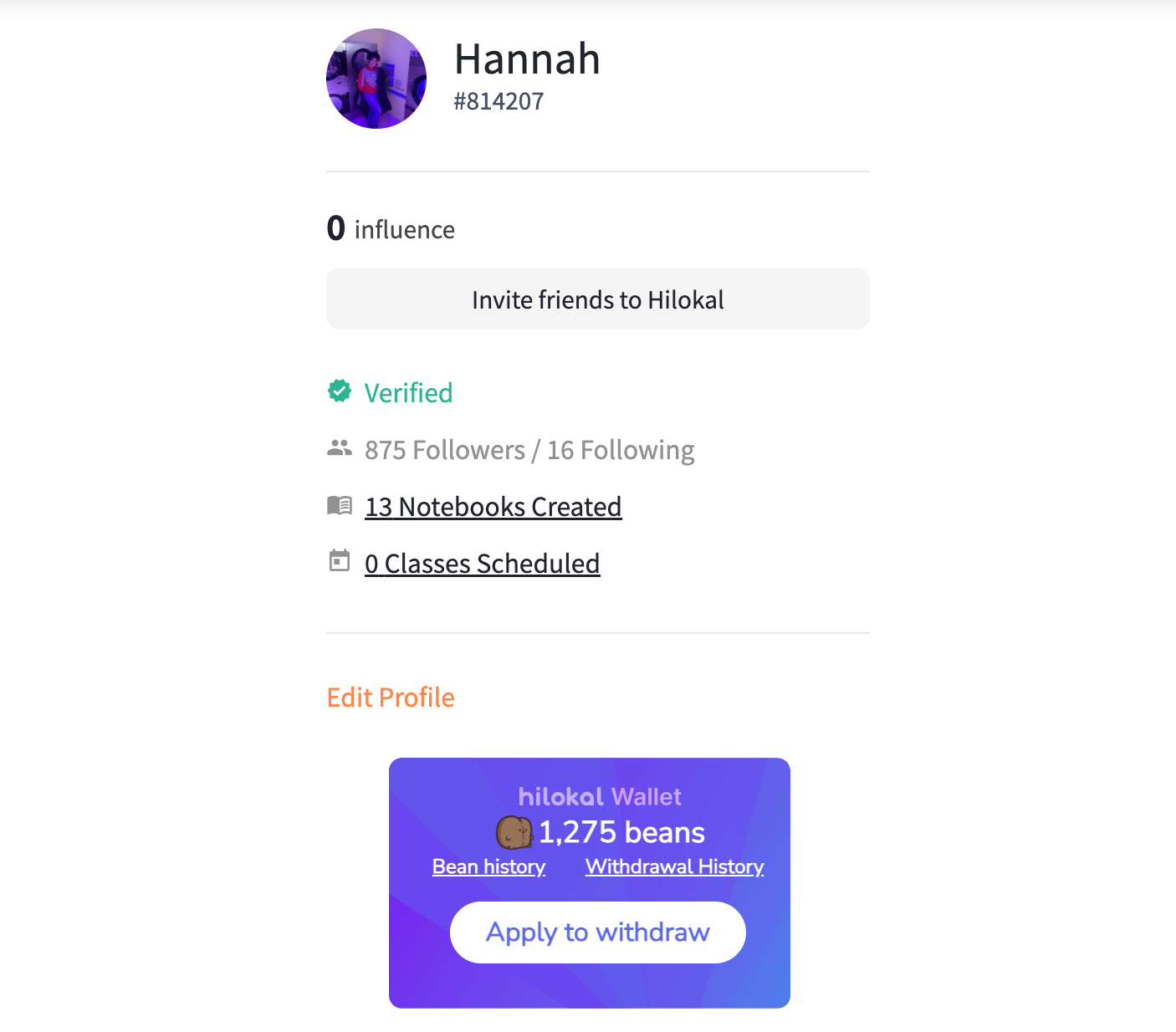
In my other lessons, I started asking my students to read the examples in each lesson to involve them more, and after each slide, I’d ask them if they had questions. I found that led to my students being the most engaged.
It gives them some extra speaking practice, but it also reminds them that they're part of a community. By my last class, I had so many students that they would move themselves selves in and out of the table encouraging everyone to step up and try! It was truly awesome to see the little community we were building.
Week 3
Finally Gaining Rhythm
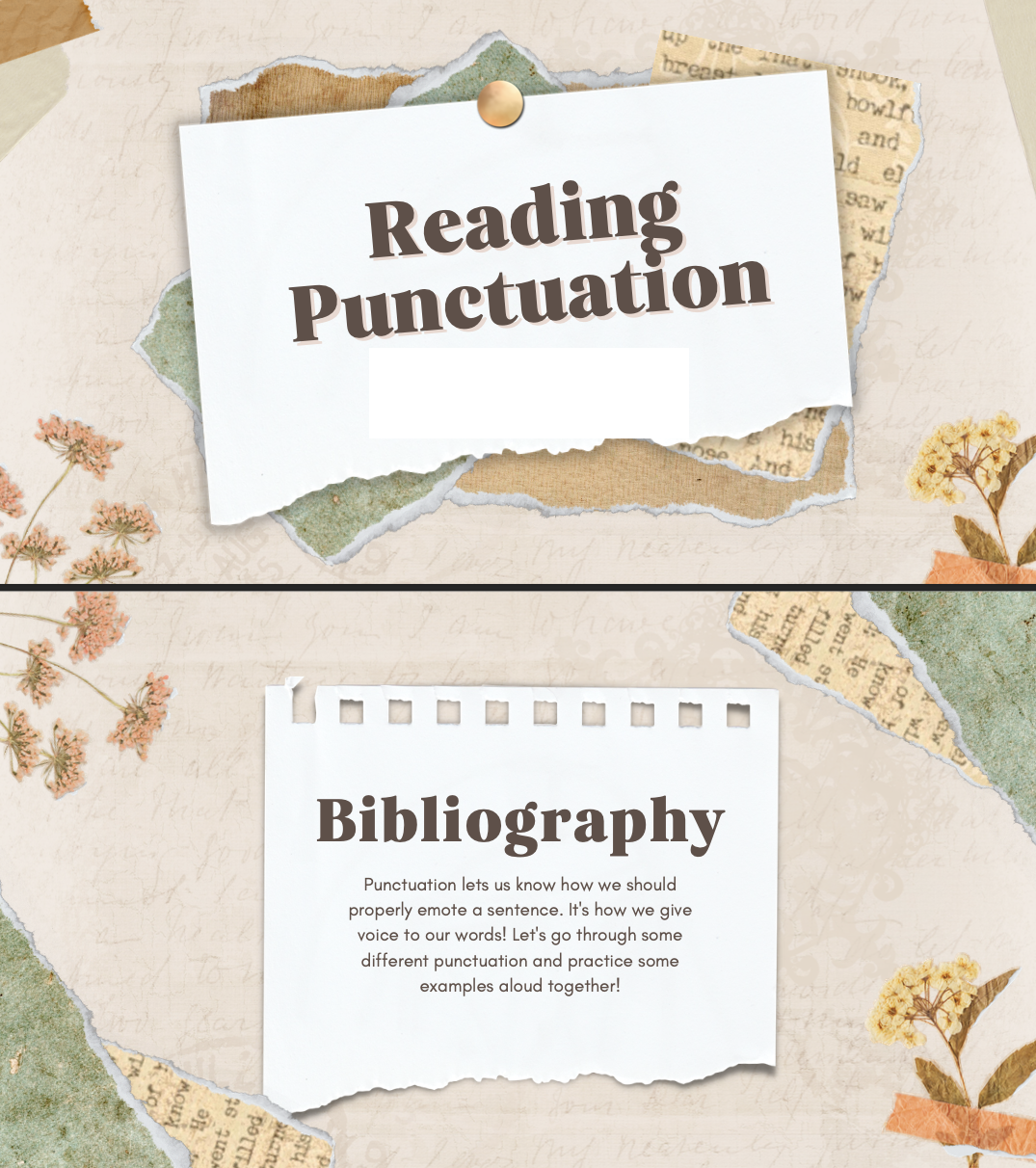
By my third week, I had built a solid following and routine. While coming up with more workbook ideas, I started asking my students what they want to see in future lessons. I also started incorporating reading practices!
The reading practices offer both students and trainers some great opportunities. They give trainers an opportunity to really pay attention to how their students are speaking, and they're a great way to get your students involved by having them read aloud.
This will give good speaking practice, reading practice, and the workbooks for these are super easy to find, make, and share! I would also make lessons based on what I would observe in my reading practices.
So, for example, I made a lesson called "Reading Punctuation" to help students with diction, then would supplement that by doing a reading practice later on in the day. This enhanced the routine for both me and my students and worked to make a solid full day of learning.
Be Patient
It’s important to remember, whether you’re the trainer or the learner, sharing and learning a new language is a fully collaborative effort.
As a teacher, you may learn a lot you didn’t know about your native language, and you’re also going to get the chance to connect with and learn from some really cool people. Your students teach you just as much as you teach them.
What I like about Hilokal is that it merges social media and language learning. This format makes it super easy to hop onto a lesson or even just have a conversation with anyone around the world.
As a student, you’re doing the amazing thing of learning a whole new language. Whether you are a student or teacher, nothing is going to be perfect 100% of the time.
Let’s be real, learning a new language is challenging, so give yourself some grace. Another great thing about Hilokal is that you don’t have to feel pressured to speak and can chill in this listening section.
It’s nice because everyone gets to be in control of how they go about their education in the way that is most comfortable and productive for them.
Week 4
Language is Not a Barrier
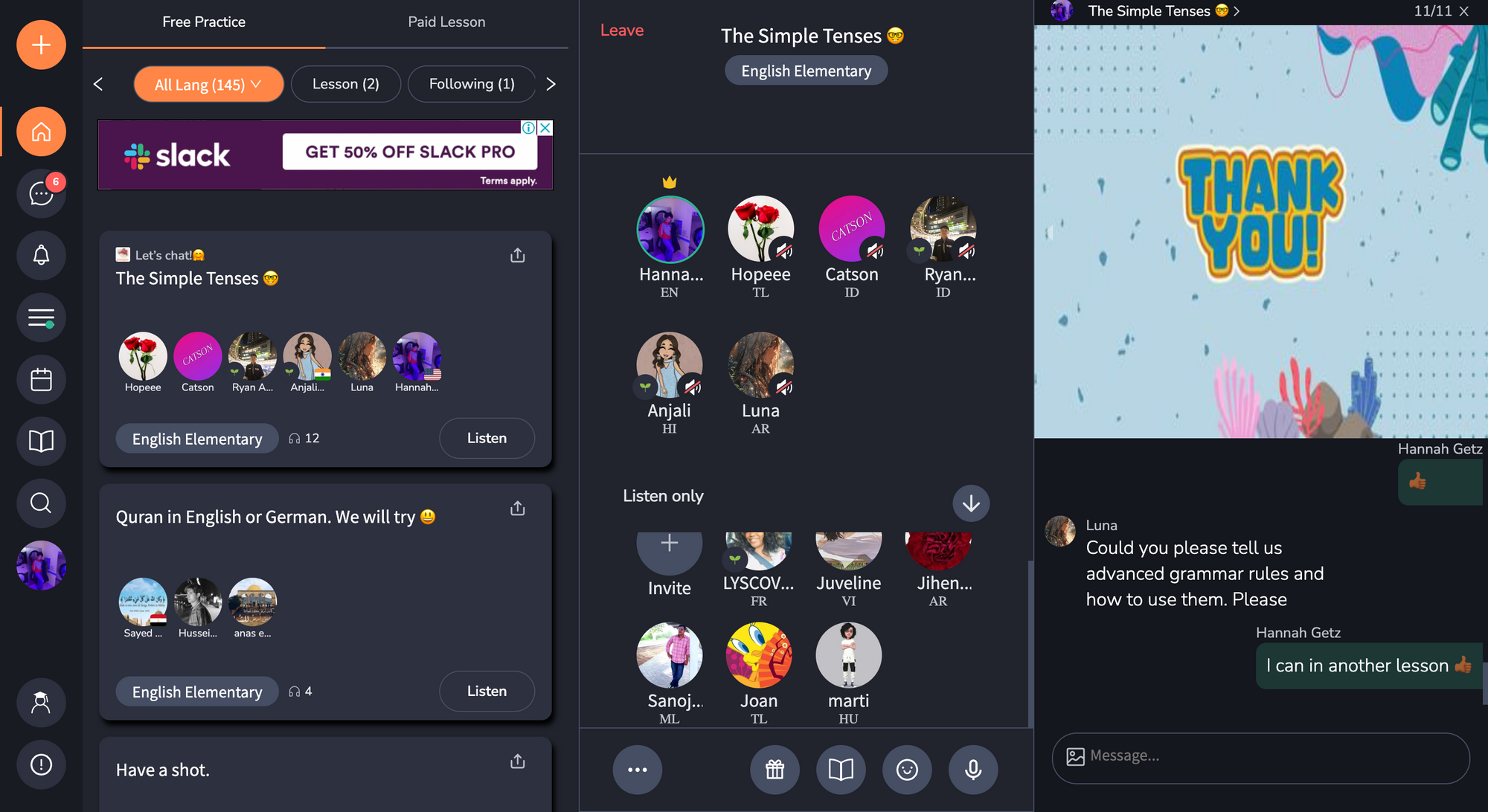
While teaching English on Hilokal, I had also been living in Korea for four months prior. Both teaching and learning a new language have given me amazing insight that I’ll take with me forever.
I have always been a firm believer that language is not a barrier. Although, for that statement to be true, it requires the effort of everyone involved. Sharing a language is about connecting with other people around you.
It’s so gratifying when you’re learning a new language and you start to understand a conversation with a native speaker. There are so many ways we can communicate beyond language, but when we reach that level of vocal communication, it really is special.
Some Tips for Learning English
As an English Trainer on Hilokal, I thought I’d give some tips and tricks that may help on your journey. Now, while some of these tips can transfer across learning languages in general, on the teaching side, I can only speak as an English trainer.
However, I’m also actively a student of a few other languages. I’m only fluent in English, and I am nowhere near expert in any of the languages I speak, but these are some tips that have helped me and that I give to my students. I hope they can help you, too!
Grammar Doesn’t Matter (most of the time)
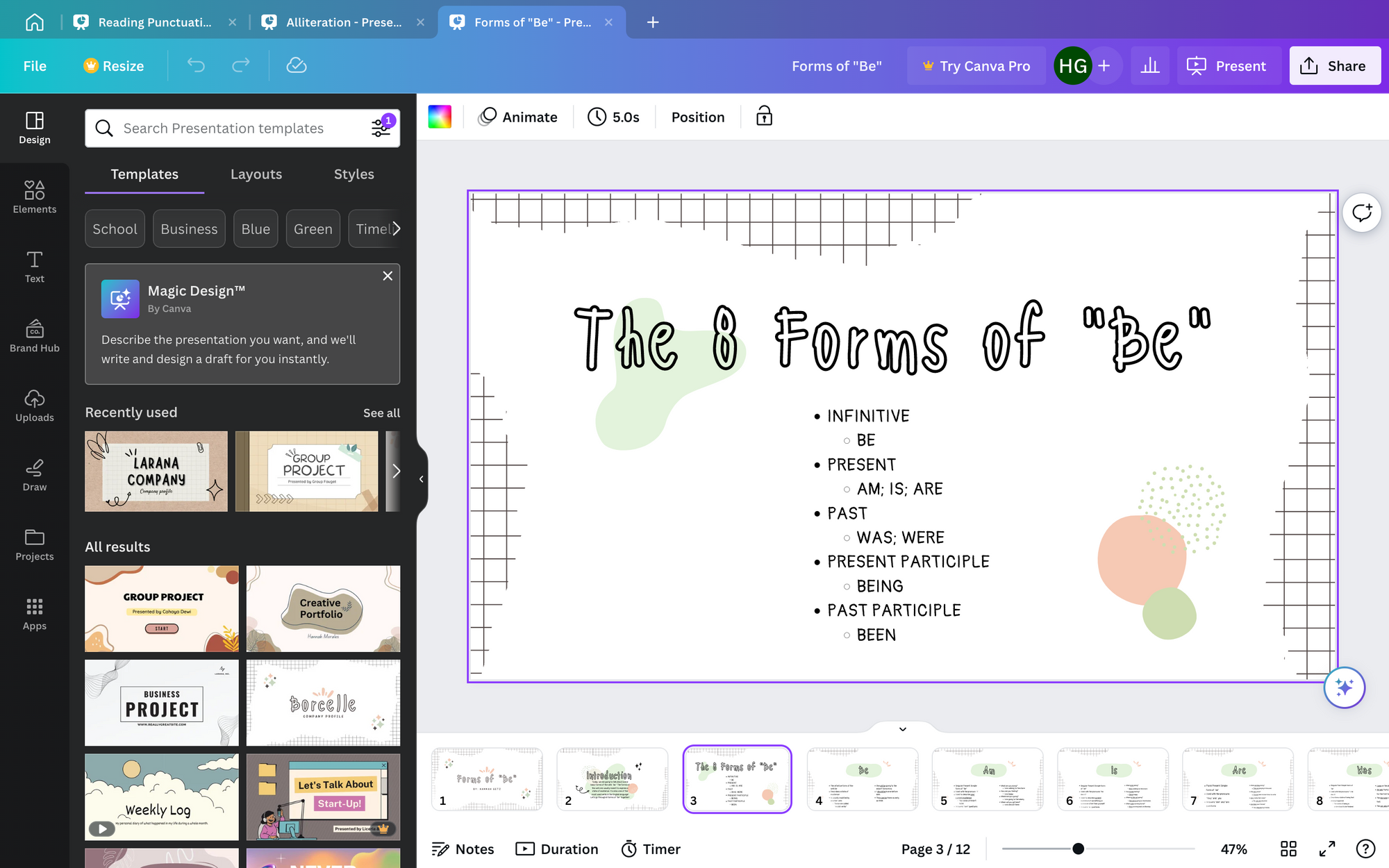
Hello, disgruntled English Majors and Language scholars! I can feel your disdain from here. Listen, to anyone trying to learn English, I’m going to tell you a secret: around maybe 80% of native English speakers do not care at all about grammar.
I mean, I told you guys, I may teach English, but that doesn’t mean that I haven’t been stumped by a grammar rule or two… or ten. There are also so many different dialects, so even across the same language, there are totally different words for totally different things depending on where you live.
I normally tell my students this to remind them they don’t have to be perfect. However, I had a student in my very first class that said something very important. “Grammar is what makes a language beautiful.”
The flow that structure gives us is important. As you learn, you can start to get into more grammar rules. Especially when you start writing. But, when you’re getting started, if your goal is to sound like a native English speaker, most of us just don’t care whether you’re using proper grammar, because to be honest, we all suck at grammar too.
English is hard! And there are tons of rules to keep track of. So, especially when you're just beginning, you don't have to worry too much about grammar. Just keep talking and practicing!
Stay Consistent
The number one piece of advice I give to my students is to keep talking. I feel this goes for any language you’re trying to learn.
When you read, read out loud. Jump into the speaking section of those conversation tables on Hilokal. To keep the language that you’re working so hard to learn, you must keep having conversations.
Consume the Language
Something that has helped me a ton while learning new languages is by utilizing popular culture. There are a couple of things you can do here.
Number one, listening to music. And when you listen, look up the translations as well so you can attach feelings and meanings to those new words. Another thing you can do, and this is one of my favorite tools, is watching tv shows and movies. And you can use them in a few different ways.
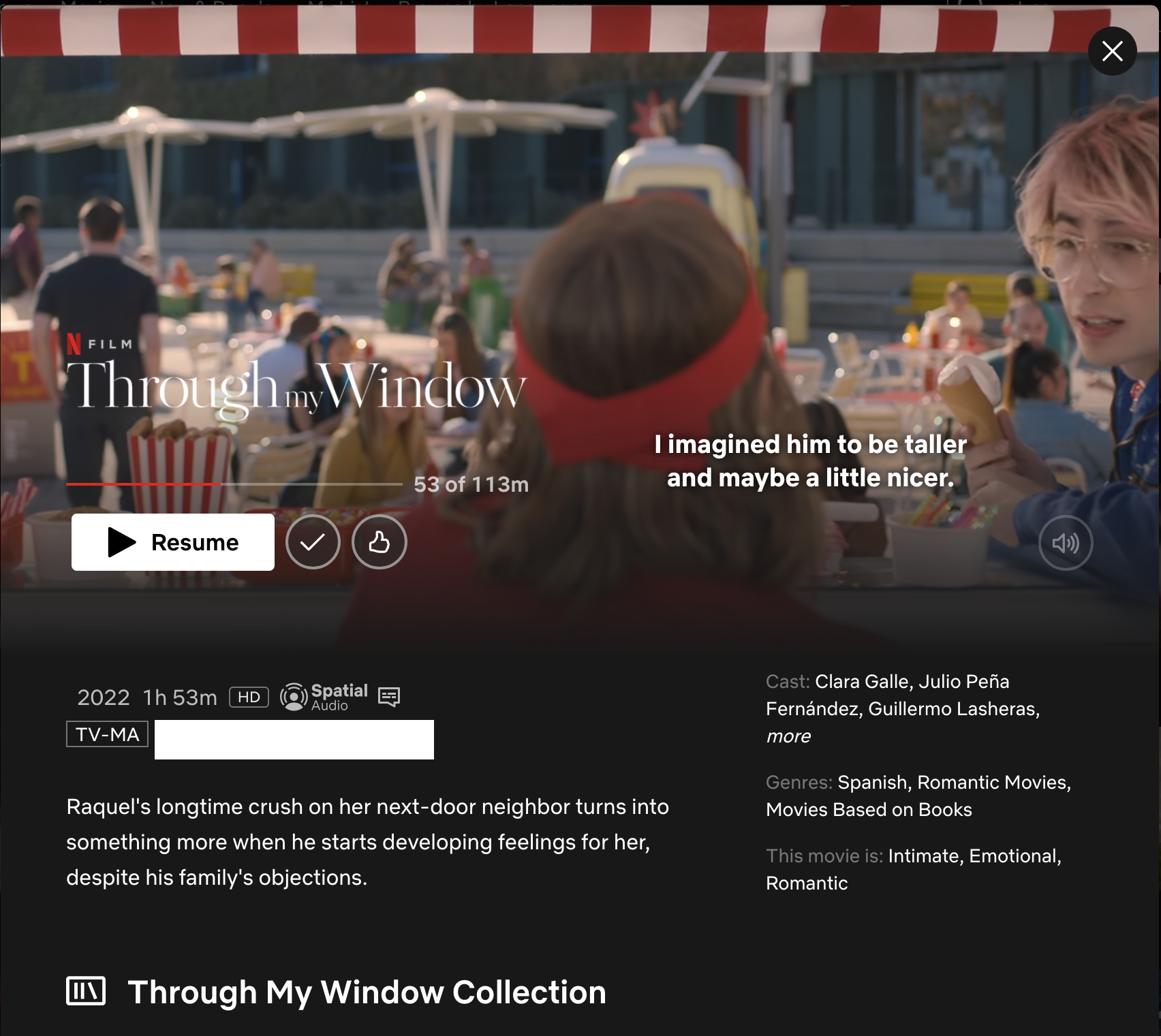
One of the things I do is watch a tv show in the language I’m trying to learn with subtitles. This way, you can pick up popular catchphrases pretty easily, and again, attach feeling and meaning to words.
You can do this with a movie as well! Watch the movie with your subtitles. Then, repeat watching it, and as you repeat, you can start to replace your native subtitles with the subtitles of the language you’re trying to learn. And repeat these out loud.
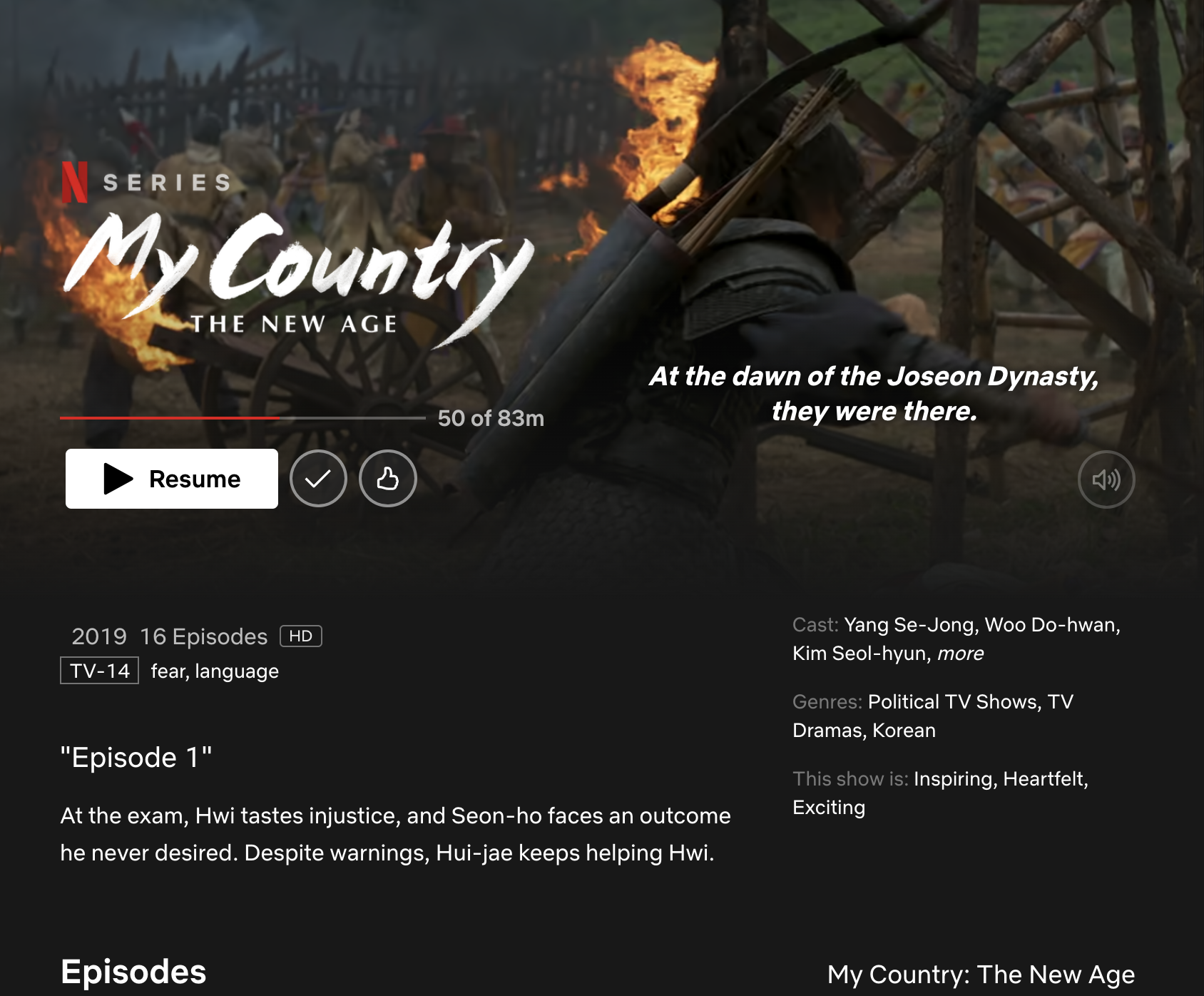
While I was living in Korea, I found little phrases and words making their way into my daily vocabulary until they started to feel natural. If you’re unable to travel to a place where the language is spoken, consuming popular culture and media is a great way to catch on to a language.
It’s Okay to Make Mistakes
Remember that nothing is ever going to be perfect. No matter how advanced you are in any language, there’s always more to learn. In every language, there are so many different rules, alphabets, and dialects. So, it’s inevitable! You’re going to slip up! And that’s okay.
Never let the fear of being imperfect steer you away from anything you want to do, especially if that thing is learning a new language. Making mistakes is just an inevitable part of the process of learning.
Just Have Fun
Sharing a language is such a beautiful exchange. So, in whatever capacity you choose to learn, just have fun! As I mentioned before, my most popular lesson was on “Alliteration and Assonance.” Tongue twisters have always been one of my favorite things, ever since I was young, so it was something I knew I wanted to share with my students.
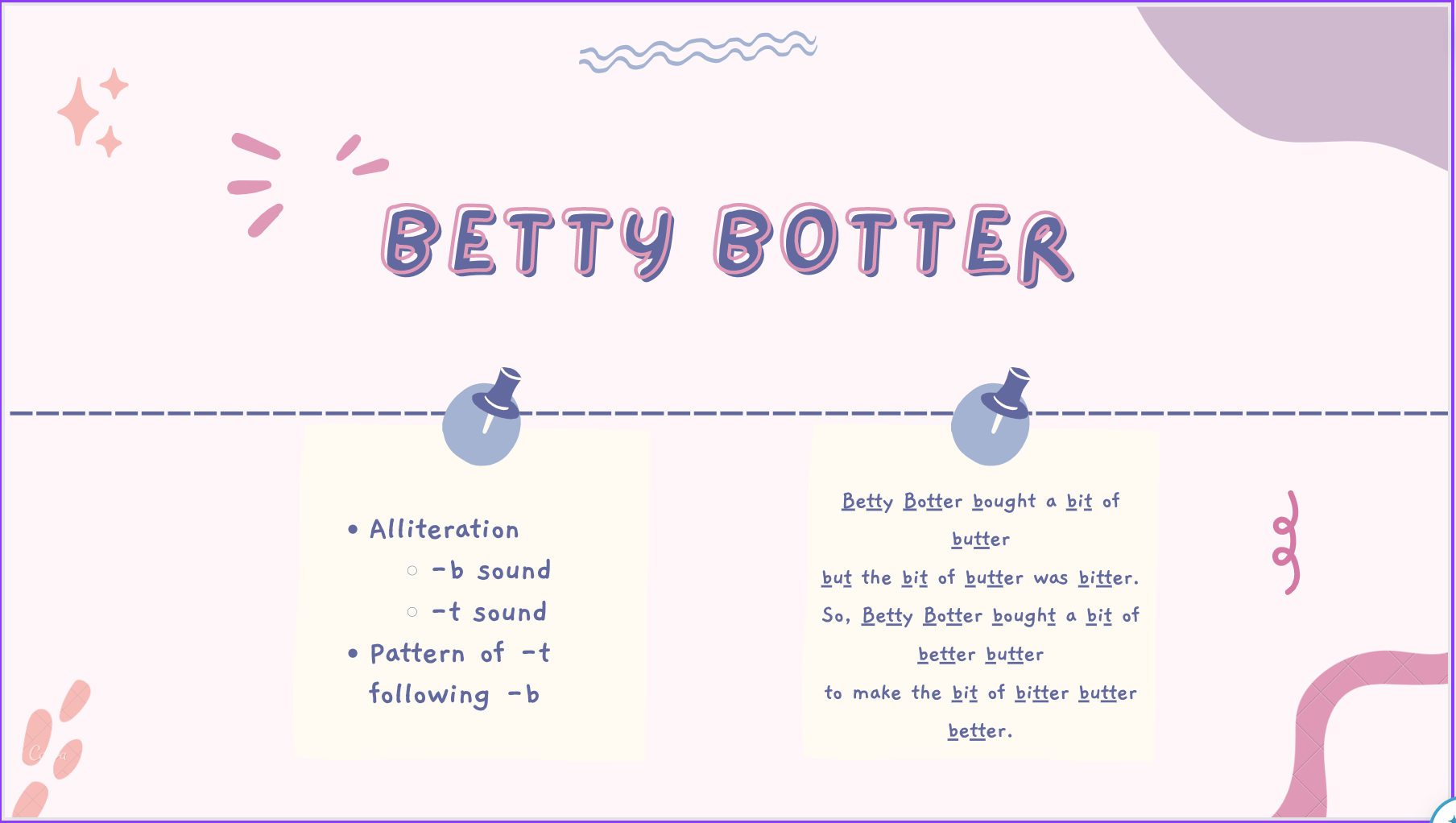
This was my favorite to teach because it encouraged my students to allow themselves to make mistakes. My students even got me to do a few sometimes, and you can best believe I am certainly not the absolute master of tongue twisters.
But my favorite part was hearing my students laugh and have fun, watching how they would encourage each other, and hearing how proud they were of themselves when they made it through almost flawlessly (and actually, not to brag, but most of my students were very good at tongue twisters)!
The way Hilokal allows people to connect across the globe reminds us of the most necessary thing when learning a new language. It’s supposed to be fun!
For both student and trainer, if you’re interested in sharing a new language, I highly recommend you check out the app. As I said before, learning a new language is never easy. But it will always be exciting.
